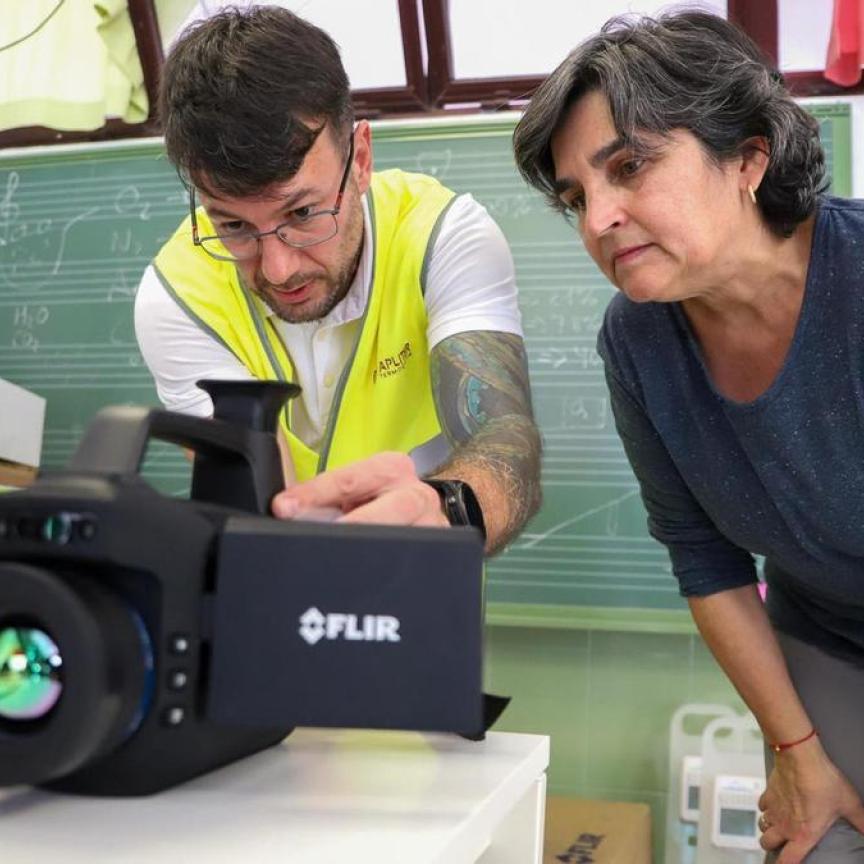Researchers have developed what they say is the first self-organising laser device that can adapt to changing conditions.
The devices, inspired by living systems, could lead to new materials for sensing, computing, light sources and displays.
While many artificial materials have advanced properties, they have a long way before they match the versatility and functionality of living materials that can adapt to different situations – such as bone and muscle continuously reorganising their composition to better adapt to different levels of weight and activity.
In Nature Physics, researchers from Imperial College London and University College London (UCL) have now demonstrated spontaneously self-organising lasers that could help enable the development of smart photonic materials capable of better mimicking the properties of biological matter, such as responsiveness, adaptation, self-healing, and collective behaviour.
‘Lasers, which power most of our technologies, are designed from crystalline materials to have precise and static properties,’ said co-lead author Professor Riccardo Sapienza, of the Department of Physics at Imperial. ‘We asked ourselves if we could create a laser with the ability to blend structure and functionality, to reconfigure itself and cooperate like biological materials do.’
The new paper shows that this was in fact possible: ‘Our laser system can reconfigure and cooperate, thus enabling a first step towards emulating the ever-evolving relationship between structure and functionality typical of living materials,’ said Sapienza.
The self-assembling lasers consist of microparticles dispersed in a liquid with high ‘gain’ – the ability to amplify light. Once enough of these microparticles collect together, they can harness external energy to ‘lase’ – produce laser light.
An external laser was therefore used to heat up a ‘Janus’ particle (a particle coated on one side with light-absorbing material), around which the microparticles gathered. The lasing created by these microparticle clusters could be turned on and off by changing the intensity of the external laser, which in turn controlled the size and density of the cluster.

Microparticles clustering around a Janus particle. The dashed line delineates the lasing area, and the pink/yellow lines show the tracks of several microparticles. (Image: Imperial College London)
The team also showed how the lasing cluster could be transferred in space by heating different Janus particles, demonstrating the adaptability of the system. Janus particles can also collaborate, creating clusters that have properties beyond the simple adding of two clusters, such as changing their shape and boosting their lasing power.
‘Embodying lasers with life-like properties will enable the development of robust, autonomous, and durable next-generation materials and devices for sensing applications, non-conventional computing, novel light sources and displays,’ said co-lead author Dr Giorgio Volpe, from the Department of Chemistry at UCL.
Next, the team will study how to improve the lasers’ autonomous behaviour to render them even more life-like. A first application of the technology could be for next-generation electronic inks for smart displays.


